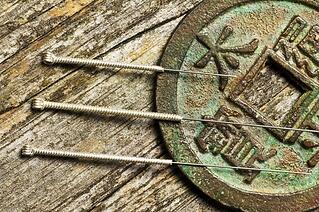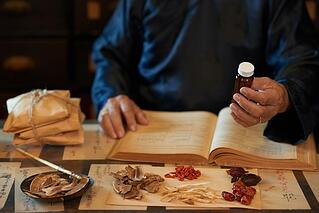The debate about establishing a scientific basis for TCM still rages in Australia. A letter published in the Medical Journal of Australia (2012) by two medical academics strongly objects to the granting of academic degrees in alternative medicine, calling it “pseudoscience.” The letter asks academic institutions to “stand up for science.”
Defending Australian Medical Education.
The campaign to pressure universities and health funds to reject alternative medicine would have the effect of cutting off
- The very kind of scientific research necessary to document the effectiveness of alternative treatments.
- And the kind research that could establish the now undiscovered bio-medical possibilities that have that have been observed for centuries.
Response came from Australian academics defending Australia’s mix of health science programs,
- As fully promoting “evidence-based education and practice.
- TCM and other alternative medical practices are all government regulated.
- It incorporates the best available evidence.
- It promotes further clinical research.
The Need to Improve Research.
A review of research into TCM treatment carried out by America’s National Institutes of Health found that
- Nearly 60 percent of the studies were “too small of badly designed to be of use.”
- In 41 percent of the studies, some possible benefits of TCM were demonstrated, but sample sizes and other research design flaws meant that results were inconclusive.
- Another similar review at Australia’s Newcastle University found similar results, only a quarter of the studies examined showed some benefit, but most were marginal.
- The Australian Medical Board has been urging caution in making advertising claims about the effectiveness of TCM.
In 2013, the World Health Organization [WHO Traditional Medicine Strategy–World Health Organization, PDF] released a document that is now widely cited as evidence, and justification for making advertising claims in Australia. The Chinese Medicine Board of Australia has issued a rebuff of using the WHO document as justification for their statements. “Traditional use evidence” should not be regarded as valid evidence of effectiveness.
“All advertisers must ensure that any statements and claims made about Chinese medicine practice are not false, misleading or deceptive or create an unreasonable expectation of benefits…”
There is no doubt that traditional Chinese medicine (TCM) is based on facts established through long practical human experience over thousands of years.
Science to explain TCM.
Change is slow. However, throughout the TCM community, an awareness of merging science and tradition is appearing. Recently a new journal, Evidence-Based Complementary and Alternative Medicine has joined other medical journals. Articles begin to resemble those of other scientific medical publications.
- An article about the chemical analysis of plant species used in traditional pharmacology.
- An article describing a multi-stage analysis method for using clinical data to detect effective herbal prescriptions.
- One study used modern search and sort techniques to analyze classical medical literature to find traditional medicines that appear to be helpful in treating Choroideremia, an hereditary vision loss disorder.
- Another study analyzed the Governing Meridian or The Du. The study finds some of the special characteristics of particular blood perfusion (blood delivery to capillaries that feed blood to organs) in the microcirculation system within the deep skin layer of the Governing Meridian as twelve other regular meridians. The study is able to graph the blood perfusions in the meridians to show how the microcirculation changes with the use of acupuncture needles and when there is illness.
Sydney Institute of Traditional Chinese Medecine ( SITCM) offers a Bachelor of Traditional Chinese Medicine (BTCM) which is accredited by TEQSA and approved by the Chinese Medicine Board of Australia (CMBA) for practitioner registration in all three divisions: Acupuncture, Chinese Herbal Dispensing, and Chinese Herbal Medicine. Please contact us to learn more.




